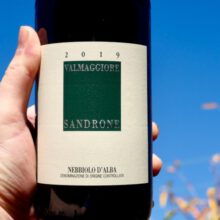
Product information
Luciano Sandrone Valmaggiore Nebbiolo d’Alba 2019
$96
Description
My two favourite Neb’s from Sandrone came at the polar opposites of the price spectrum. The Valmaggiore at under under a $100 is around 1/10th the price of the 2015 Vite Talin, Sandrone’s latest release super cuvée. Sandrone’s Valmaggiore is a different expression of Nebbiolo to those from the nearby Barolo and Barbaresco. Lovely perfume and density. Florals with dusty mid-palate tannins. Mineral, graphite feel to it. A nice spice. Loads of finesse and elegance. Closer to Barbaresco than Barolo. It show just how good Nebbiolo from the Roero can be.
The 2019 Nebbiolo d’Alba Valmaggiore is a bright, sculpted wine that is going to need a few years to come into its own. Bright acids and firm tannins are a bit present today, so a few years of cellaring are a must. The Sandrone Valmaggiore has a track record of aging well. I expect that will be the case here as well.
Antonio Galloni, Vinous
Only 1 left in stock











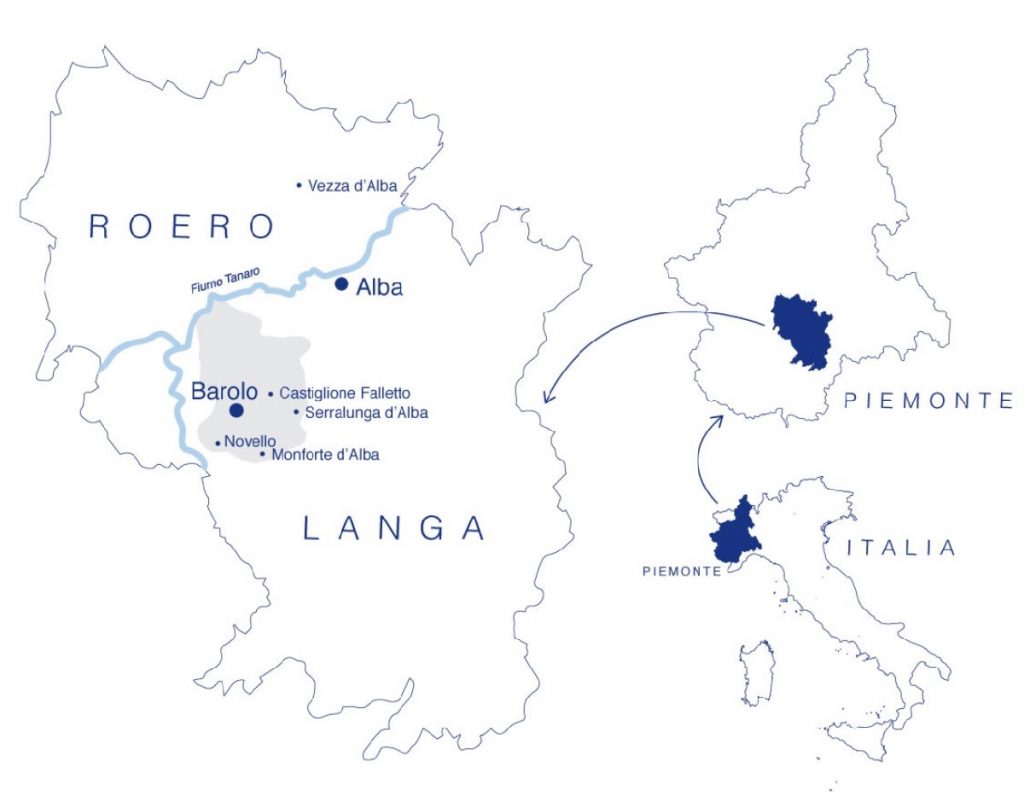
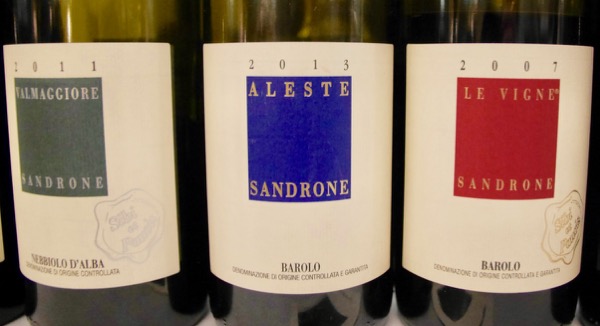



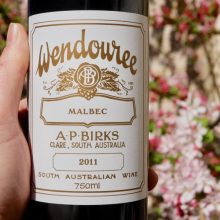
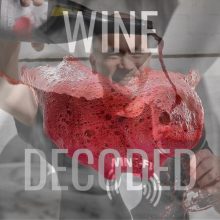
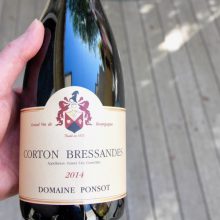
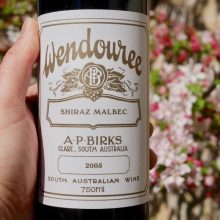
You must be logged in to post a comment.